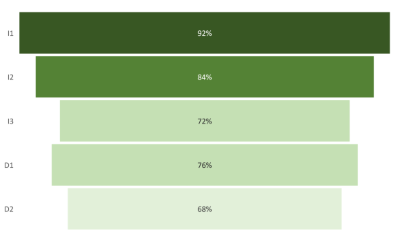Space Utilization Policy in Payakumbuh City to Support The Public Transportation
DOI:
https://doi.org/10.24036/cived.v10i3.14Keywords:
Incentive, Disincentives, Public TransportAbstract
The strategy that might be applied to increase the use of public transportation is to apply space utilization incentives and disincentives. Incentives and disincentives for space use contain elements of regulation and control that are accommodating to various actual changes that occur in cities. The stages of this research are: : 1) distribution of questionnaires, 2) ranking of Alternative Incentives and Disincentives with Likert scale. The formulation of incentives and disincentives for space utilization that are predicted to increase the use of public transportation, Alternative incentives sequentially are: 1) Policy for subsidizing public transportation fares, 2) Policy for Rejuvenating Public Transport Fleet, 3) Improving infrastructure and supporting facilities for the use of public transportation, and for Disincentives: 1) Progressive Tax Implementation Policy on vehicle ownership, 2) Mandatory garage policy for prospective owners of private vehicles. The results of this study can be used as input for the Payakumbuh City government in making decisions related to spatial planning and transportation and further research needs to be done on alternative incentives and disincentives that have been formulated.
Downloads
References
Minister of Transportation, "Regulation of the Minister of Transportation of the Republic of Indonesia Number PM 15 of 2019 concerning the Implementation of Transportation of People by Public Motor Vehicles on Routes," Jakarta, 2019.
Sugiyono, Qualitative Quantitative Research Methods and R&D. Bandung: PT Alfabet, 2016.
S. Riyanto and H. A. Andhita., Research Methods Quantitative Research Research in the Field of Management. Yogyakarta: Deepublish, 2020.

Downloads
Published
How to Cite
Issue
Section
License
Copyright (c) 2023 Muhazir Rahendra, Yossyafra Yossyafra, Bayu Martanto Adji

This work is licensed under a Creative Commons Attribution 4.0 International License.







2.jpg)
